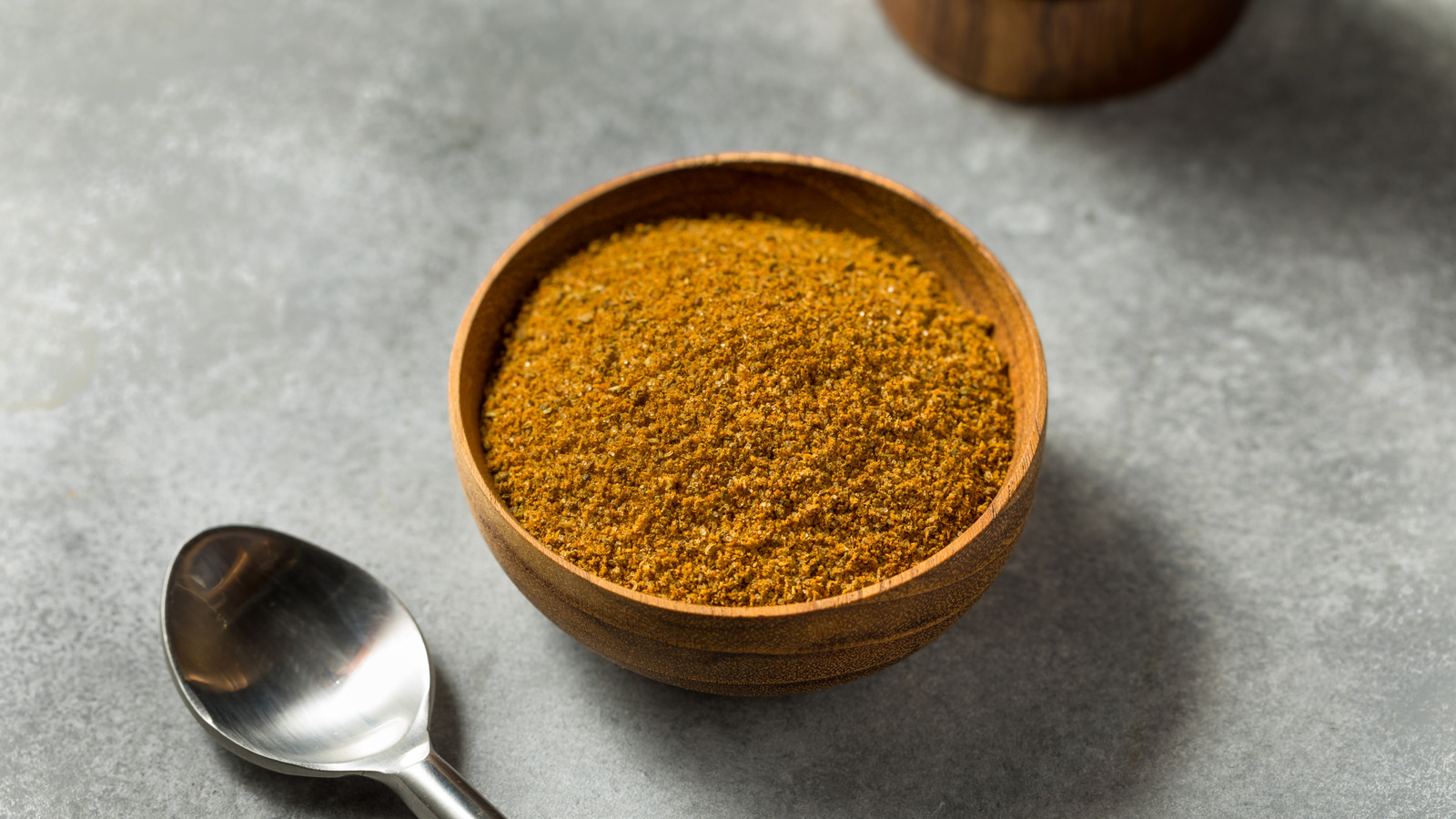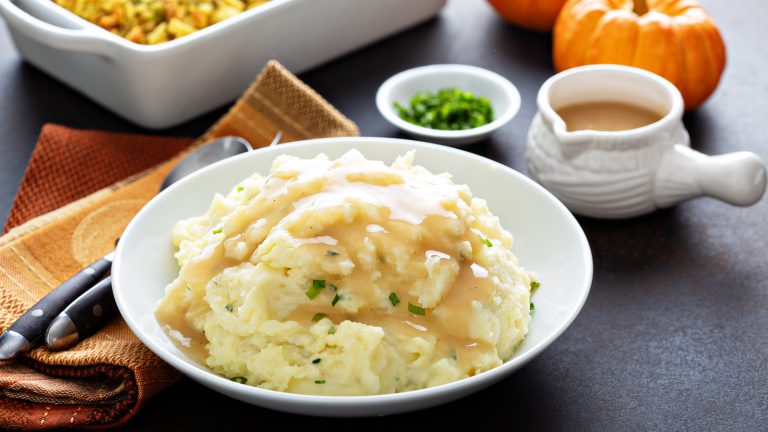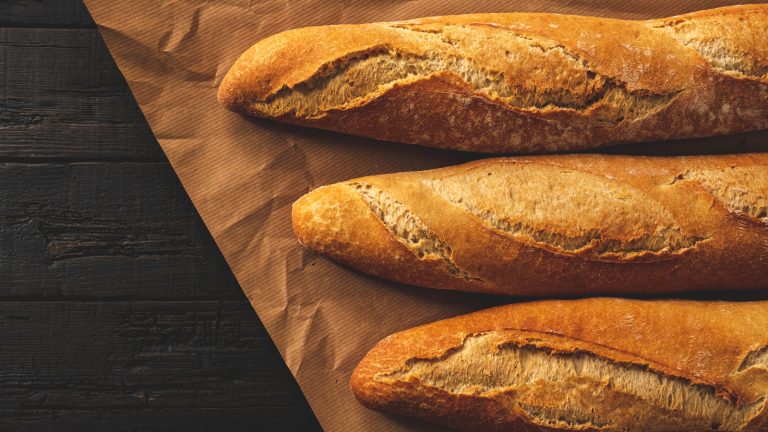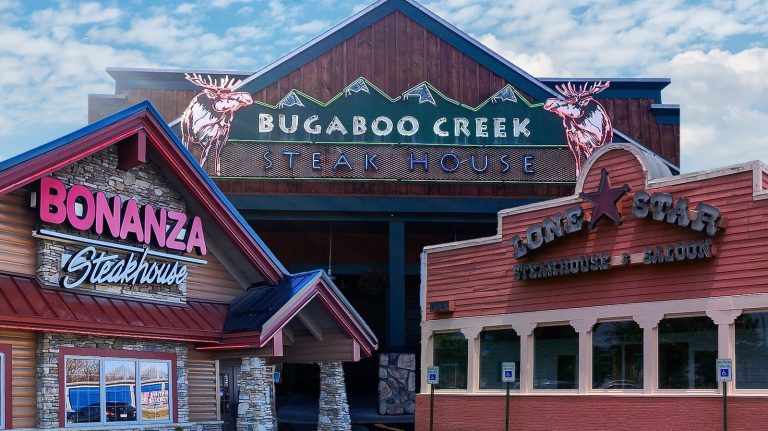Cayenne, garlic powder, and black pepper are seemingly everyday pantry staples, but when combined with a few other ingredients, they become a smoky, earthy seasoning blend that we can’t get enough of. Cajun seasoning spruces up everything from grilled chicken to pasta, but its centuries-long history that spans multiple continents shows just how rich and versatile it is.
Cajun seasoning is heavily associated with Louisiana, but the spice blend has roots in Nova Scotia, where the Acadians lived. The French settlers cooked with both herbs native to their homeland and those found in Canada, seasoning their stews, game meat, and potatoes with thyme, rosemary, parsley, and summer savory. In 1755, a year after the French-Indian War began, the British ordered Acadians to leave Canada, and thousands of them ultimately settled in Louisiana. There, they mingled with Native American, West African, and European settler communities, becoming Cajun in name, culture, and food.
They then traded the carrots for green bell peppers in their holy trinity of celery, onions, and carrots, effectively making paprika and onion powder staples in Cajun seasoning. Along with the smokiness from the paprika, the spice blend got a kick from cayenne pepper, a frequent ingredient in Black and Spanish cuisines in Louisiana. Black and white pepper also made their way into Cajun seasoning, with peppercorns being a South Asian spice brought to the West by various European settlers.
What is Cajun seasoning added to?
While Acadian food consisted of plenty of hearty meats and vegetables, Cajun cuisine complemented the subtropical environment of the Acadians’ new home, as well as the cultures they were influenced by. Seafood like cod and trout were common in their diets up North, but sweeter picks like crawfish, shrimp, oysters, and crab became their main ingredients. Acadians weren’t able to bring much with them when expelled by the British, so plenty of Cajun recipes like jambalaya or étouffée are one-pot meals made with easily sourced ingredients.
Shrimp and okra gumbo is one ingenious meal that combines local and foreign flavors, featuring seafood from the bayous and vegetables brought over by enslaved Africans. The sweet shrimp and vegetal okra are infused with a fiery heat from the cayenne, paprika, and peppercorns, as well as deepened by thyme and oregano.
Green bell peppers, celery, and fresh herbs in the gumbo complement the spice blend, ensuring it melds well with the dish. Like gumbo, Cajun seasoning remains a widely popular ingredient consisting of items that may have been unthinkable to be paired together in centuries past, a testament to its delicious, enduring power.






